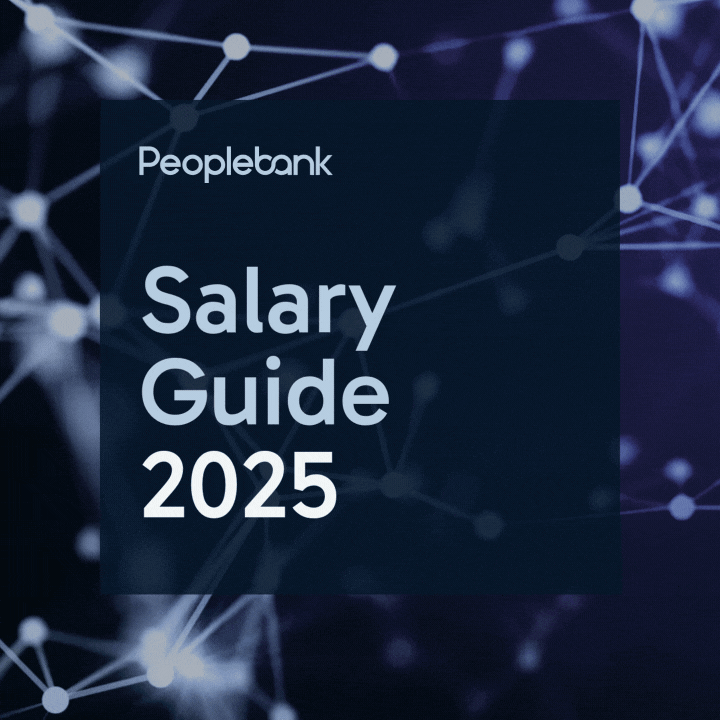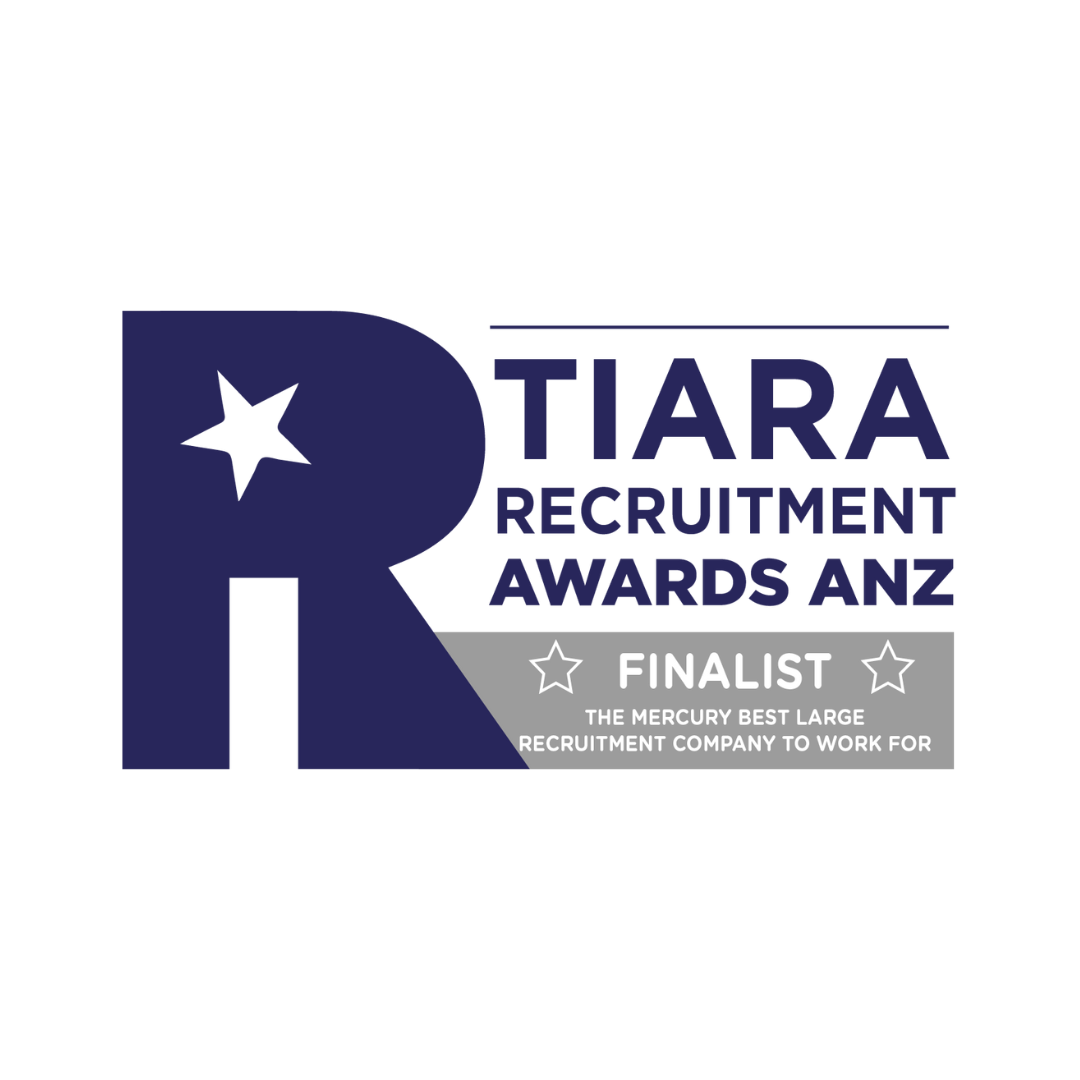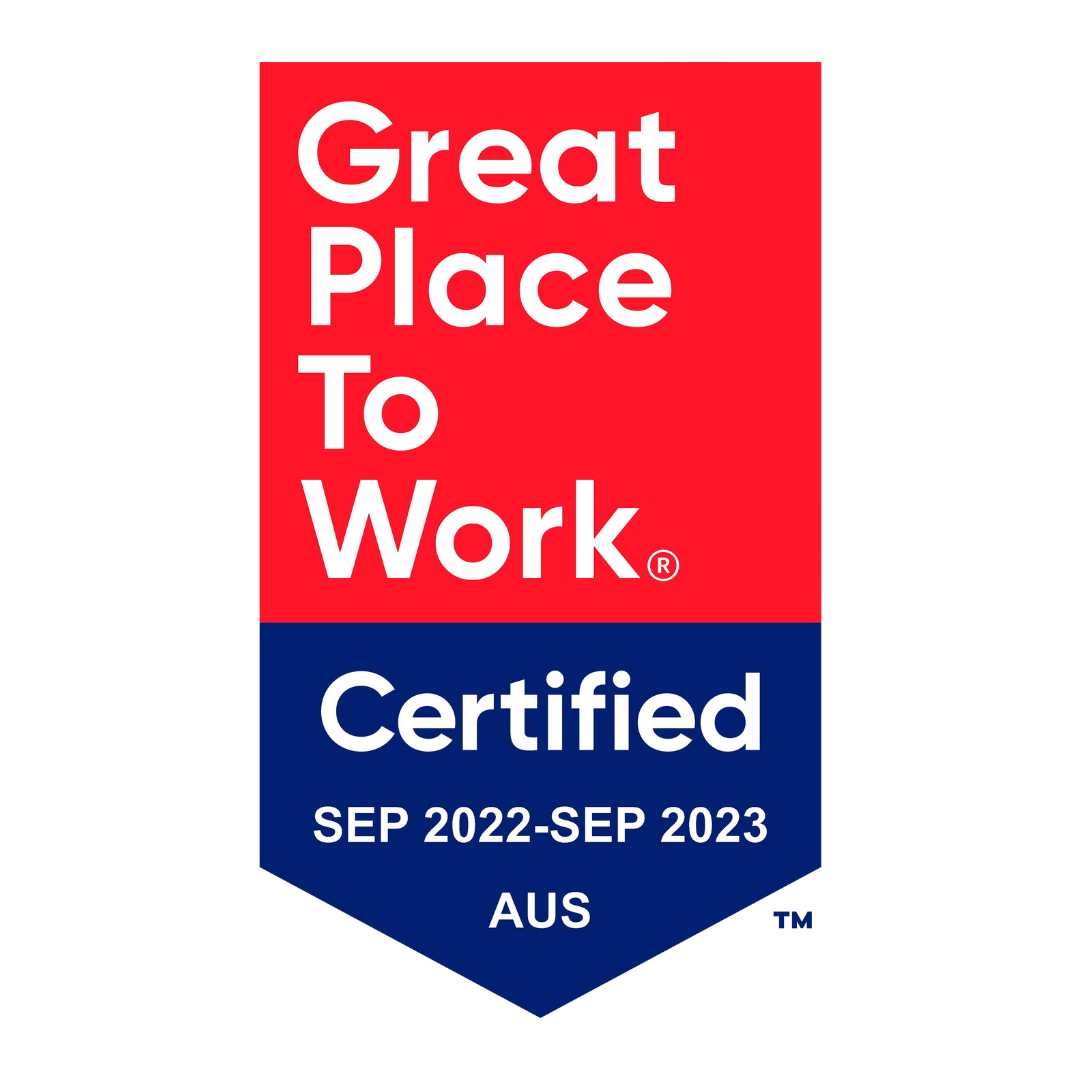What makes job ads inclusive?
Firstly, what does it mean to have inclusive job ads?
So, how does an agency or employer ensure that their job ads are inclusive?
Be super conscious of biased language
Here is a list of language to be wary of using:
- Do not use specific pronouns, like he/her. Try to say things like ‘The ideal candidate will…’ or ‘Apply if you have…’ or ‘The applicant will…’
- Don’t mention race or ethnicity.
- Avoid saying ‘strong-English skills required’ as this may deter people whose second language is English.
- Don’t mention physical appearance, as this has no pertinence to how someone can perform their work.
- Avoid the phrase ‘cultural fit’ and focus on demonstrating your values instead.
- Unless purely hiring for a graduate program or initiative, avoid language that mentions age, such as ‘young’ or ‘energetic’.
- Avoid words that can isolate people with physical disabilities, such as ‘walk’, ‘drive’, or ‘talk’, as you can easily replace them with more neutral language like ‘move’, ‘access to transport’, or ‘communicate’.
- You may want to include a note to show you are open to differently-abled people, such as ‘Anyone with the ability to complete the above work responsibilities with or without reasonable accommodations will be considered'.
- Promote flexible work as this can help many people from diverse backgrounds.
Be open to skillsets that do not come from formal qualifications or higher education
If there are strong requirements for certain skills, mention the technical skills specifically.
Mention your goals for diversity






















